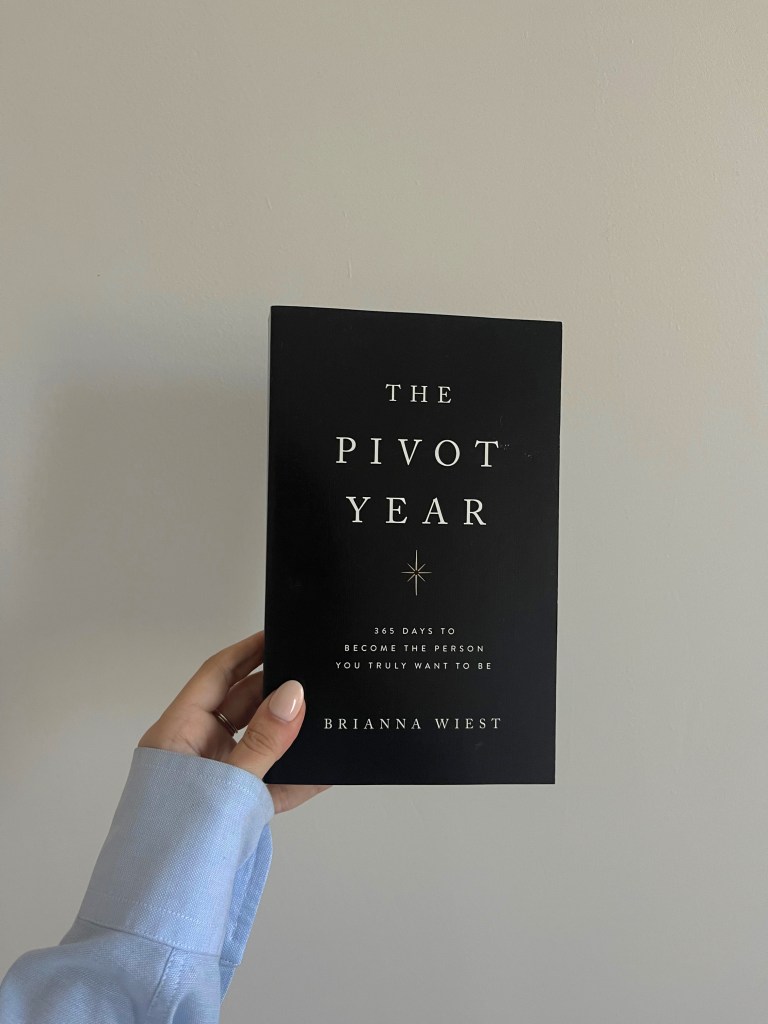How Meditation Will Help Ease Your Lonely Heart

Mindfulness offers a powerful set of tools to make our emotional lives safer, more peaceful, and easier to decipher. Let’s take a look at how it can support us in the experience of loneliness.
Loneliness is the body’s way of motivating us to seek connection. Evolutionarily, connection means access to resources, mates, and the protection of the tribe. We will never transcend these needs, but mindfulness can be a substantial support in discerning when and how to respond to loneliness, without suffering in the process.
Like any emotion, loneliness can leave us feeling overwhelmed. As emotion intensifies, the brain begins to shut down, and it becomes progressively more difficult to respond wisely. We may reflexively act out a craving or an addictive habit.
We may say hurtful, critical things to ourselves. When we’re unable to simply feel, it’s impossible to discern a moment when we need to connect from a moment to settle and explore what might be behind loneliness awaiting our attention.
Enter, mindfulness. Mindfulness helps us separate the different strands that make up our experience. Pulling apart the thoughts and body sensations of loneliness tends to reduce the experience of overwhelm (much like a scary movie becomes less scary when it’s just the sound or just the picture). As overwhelm goes down, our cognitive function goes up. We can think more clearly about how to tend to the situation. “Maybe I don’t want to go to the fridge for the ice cream.” Or, “maybe I should reach out to a friend, even though it’s scary to ask for help when I’m down.” Or even, “I don’t actually need to connect right now. The loneliness is a knee-jerk response, but in this moment, I need to be creative, or get some work done. I’ll allow the feelings to be there, and continue on my path.”
The answer will be different each time, and mindfulness doesn’t provide this answer. Rather, it offers a way of holding experience which allows us the space to determine what the answer is.
Wanna try it? Let’s break mindfulness up into three distinct pieces, and experience each one directly…
Clarity
First, we have clarity—separating the strands of experience (thoughts and body sensations) as mentioned above. Try it: next time you feel a wave of loneliness, take a closer look—where, exactly, is the sensation in your body?
How much space does it take up? Is it dense or subtle, moving or still, increasing or decreasing in intensity? If a thought arises, is it made of words or images? Do the words seem to be situated inside or outside your head? Are the images black and white, or color?
Let the stories and meanings go, and continue looking at the structure of your experience in this way for a few minutes (yes, it takes some getting used to). Then check back in, how do you feel? What does your gut say about how to proceed? Call a friend? Get back to work? Take a break? If you’re confused, sometimes it’s just a matter of picking an action and seeing how it goes!
Equanimity
Another element of mindfulness is equanimity: non-resistance to what is happening. For loneliness, this means letting the feelings and thoughts be just as they are, knowing that pain will inevitably arise in our lives, and it always passes.
Try it: in a moment of loneliness, exhale, sit back, and stop fighting. Of course, there’s plenty of time to take action, but for now, just surrender. Drop the need to feel better. Drop the need to find a solution. Even drop the intention to surrender! You might try saying to yourself, “right now, it’s like this.” This is what is meant by the often misunderstood phrase, “letting go.”
After a few minutes, how do you feel? Remember, you might not feel any different, but that’s ok, you’ve surrendered, right? :-) What, if anything, seems like a wise course of action at this point? Just practicing in this way reminds the nervous system that we’re not actually in mortal danger (most of the time). While solutions and actions are useful, when they can come out of a place of equanimity, they are usually more powerful and more purposeful.
Kindness
One more aspect of mindfulness is kindness. We learn to witness our own experience with the compassion of a loving parent or a dear friend. The famous Zen teacher Thich Nhat Hanh put it beautifully: we say to ourselves, “dear one, I am here for you.” Or as I like to say, “I’ve got you.”
On a neurological level, this associates the circuits of discomfort with the circuits of kindness. Over time, kindness can become an automatic response to our difficult moments and the difficult moments of others.
Try it: next time loneliness comes, see if you can step outside of the experience, and imagine yourself as a compassionate friend or mentor. You may even wish to think of a specific person in your life to help you access this way of seeing. Notice that you can feel kindness while simultaneously allowing loneliness (or any feeling) to come and go. You can even try repeating a simple phrase like the ones above, or one of your own, to reinforce this kind aspect of mindfulness.
Wrapping Up
Different approaches will support you in different moments, so trust yourself, and go with what works. You can always consult a teacher or guide to continue to deepen your understanding. ![]()





